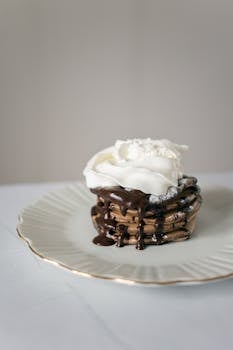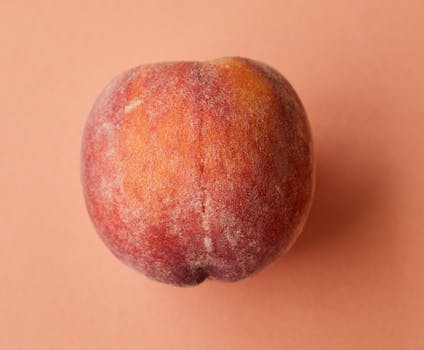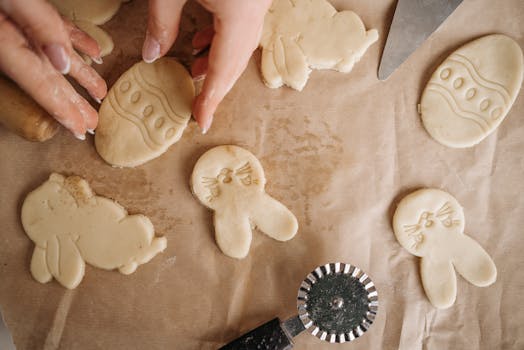Benefits
Culinary Versatility
Texture and Color Enhancement in Baking
Preservation in Jams and Jellies
Natural Exfoliant in Beauty Regimes
Get creative with white sugar
Creating homemade body scrubs by combining white sugar with coconut or olive oil for a natural, exfoliating skincare product
Crafting personalized lip scrubs with white sugar and honey to gently remove dead skin
Developing natural, eco-friendly ant traps by mixing sugar with borax and water to safely reduce ant invasions at home
Experimenting with sugar art, such as making homemade rock candy or sculpting sugar into intricate shapes for decorations and garnishes
Enhancing the browning of baked goods and creating a caramelized crust on pies and pastries by sprinkling sugar on top before baking
Something you can make with white sugar
Origin
White sugar, also known as granulated sugar or table sugar, is derived from sugarcane or sugar beet plants. The process of extracting white sugar begins by crushing and extracting the juice from the sugarcane or sugar beet. This juice is then filtered and boiled to remove impurities and reduce it to a thick syrup. The syrup is further purified through a process of crystallization, where the sugar molecules are separated from the remaining liquid. The resulting crystals are then washed, dried, and ground to produce the fine white sugar that is commonly used in cooking and baking. The production of white sugar can be traced back to ancient civilizations in India, China, and the Middle East, where sugarcane was first cultivated. Over time, sugarcane cultivation and sugar production spread to other parts of the world, including Europe, the Americas, and Africa, leading to the widespread use of white sugar as a sweetener worldwide.






